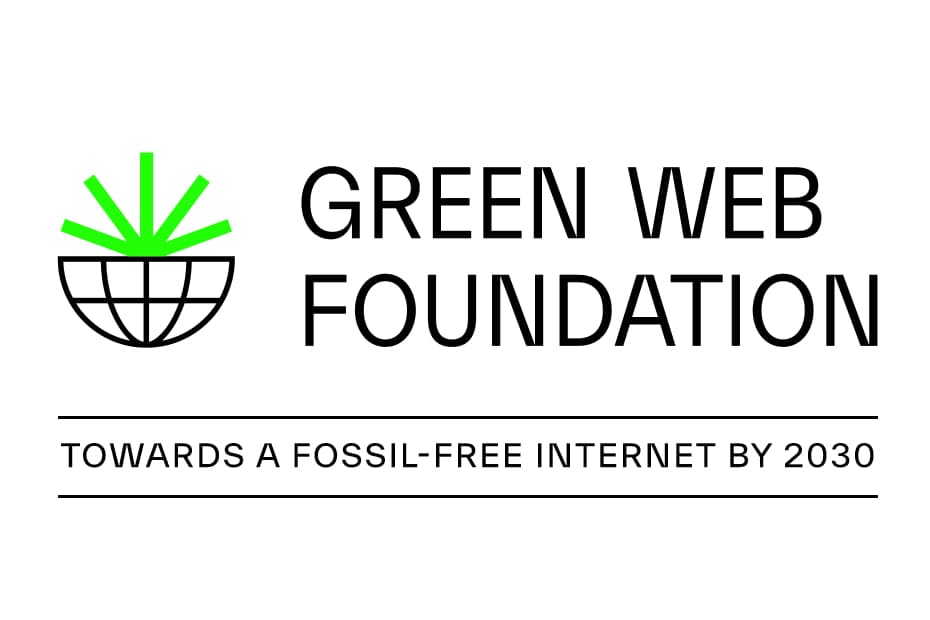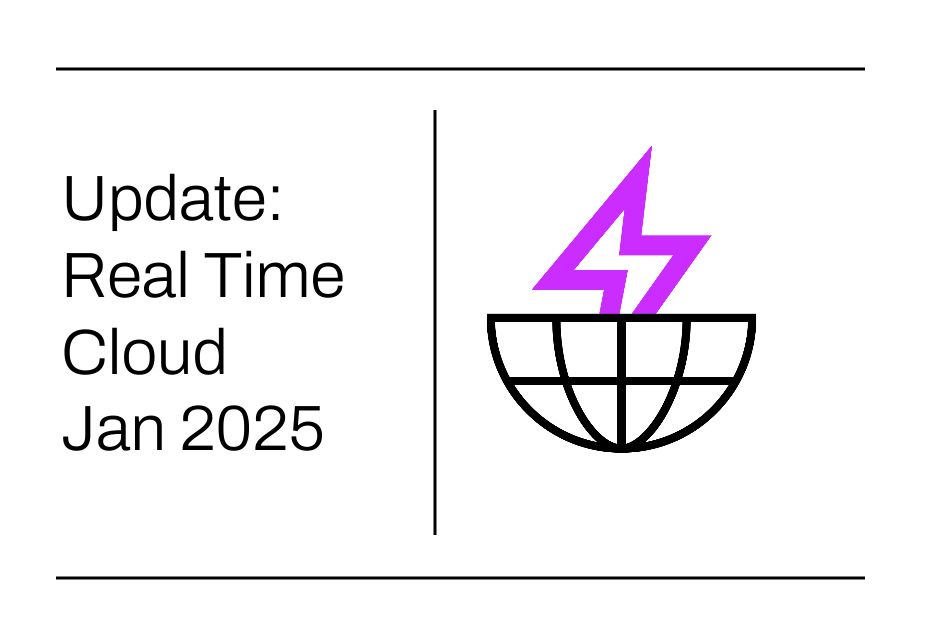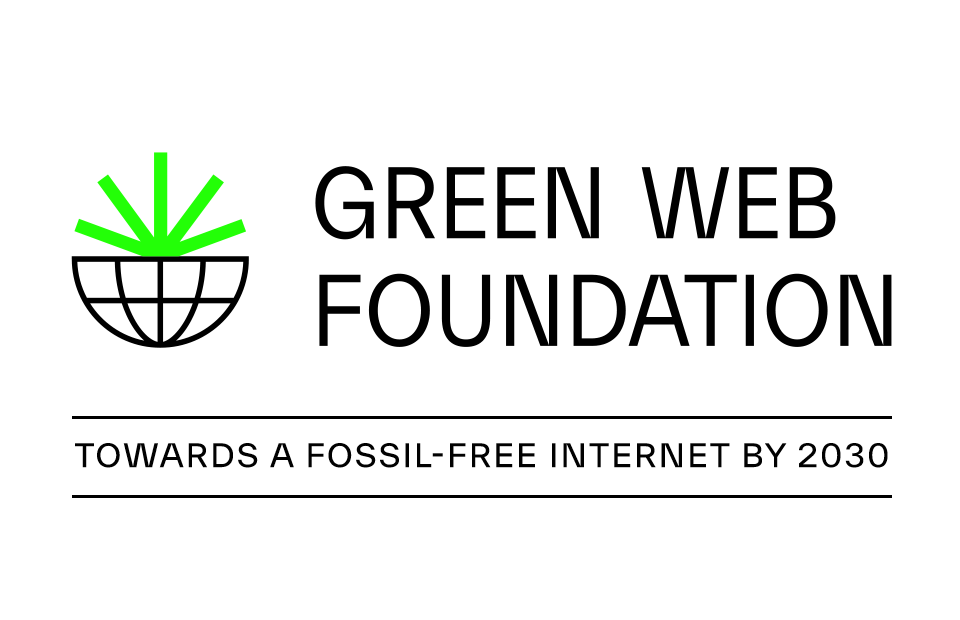We’ve offered an API for checking domains against the Green Web API for a few years. Now we’ve started publishing open datasets around the green web, that you can use in your own products and services, or for your own analysis. Read on to learn more, about why.
Referring back to our map from an earlier post about why most of the web still runs on fossil fuels
In an earlier post where we mapped out a path to a greener web, we shared this Wardley map below, showing the chain of needs for building a digital product for end users.
We started with the product being available at the top, then ran through all the components needed for this from browser or device to access the product on, ,hrough to web servers, networks and datacentres, all the way down to where electricity comes from.
We also covered a bit about why the majority of the web runs on fossil fuels. For the most part, it’s really hard to find out whether services use them or not, because there isn’t much transparency in our industry about how we power our services, and the knowledge required to even ask this is rare.
We represented this rare, little-known info as the blue node in this map, at the bottom left of the map.
Strategies to make this more well known – open data, and open knowledge
There’s a few approaches you can take to make something that’s relatively obscure and poorly known, more commonplace. One approach is to release datasets, ideally with a permissive license to encourage re-use.
ip2geo databases as an example
Datasets already exist, that are freely available, that will let you take an IP address, and get a good idea of it’s the location. Maxmind does this with their GeoLite2 databases:
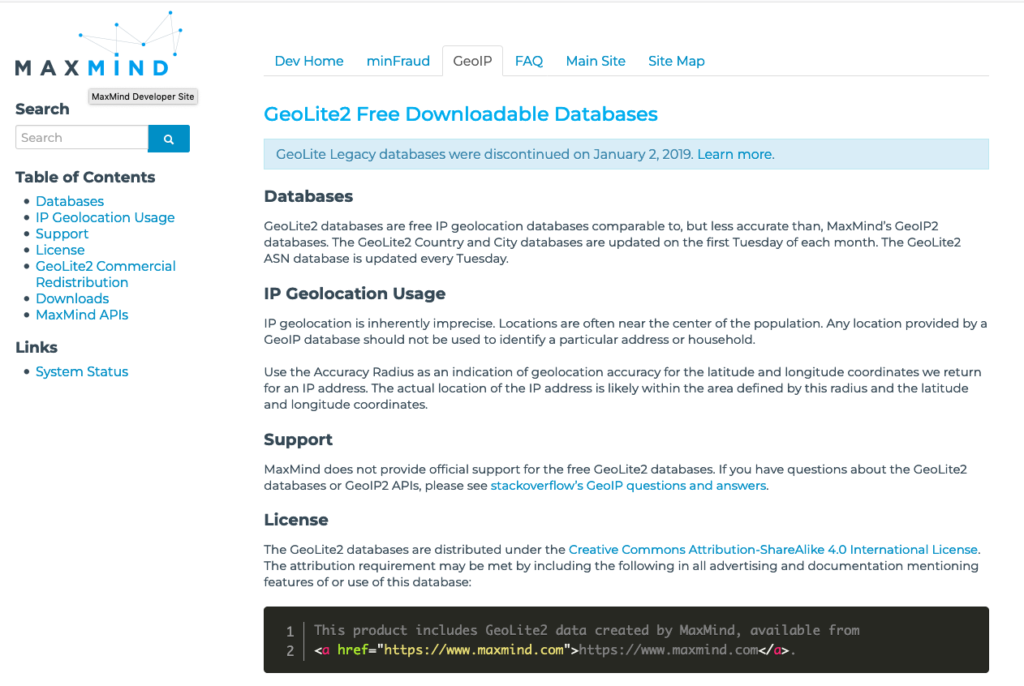
Because these databases exist, people end up building on top of them to make it easier to add these features into new software. With this data freely available, open source modules like this make incorporating these features an npm install away like with the geoip-lite npm package:
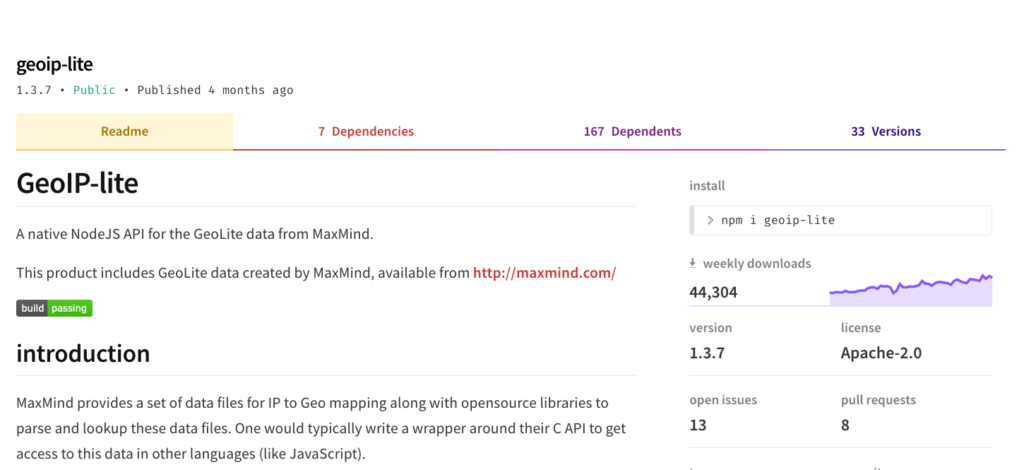
Applying these lessons for the green web – ip2green datasets
We’re following a similar approach, now – by publishing the datasets for free, for others to use.
You might represent this on the map like below – so if you have any product or service that uses IP addresses or domain names, you’d be able to add the ability to show how a service or site is powered yourself.
Our goal, like with the posts we share about how to choose green hosts, or how platform decisions you make affect the carbon footprint of your digital services, is to make this information more widespread and easily accessible.
You can see the datasets we make available on our dataset page – we follow the CSV on the Web convention for describing the data, and they’re licensed under the Open Database License.
These datasets are downloadable as CSVs, and in the near future, will be available as SQLite datasets too.
See the green web datasets available for free
Support and and questions about the data
If you have questions about the datasets, you can contact us for support at support@thegreenwebfoundation.
If you want to use this data commercially, without keeping it open, we offer redistribution licenses that allow you to package the databases with your commercial products. Send an email to the same address.

